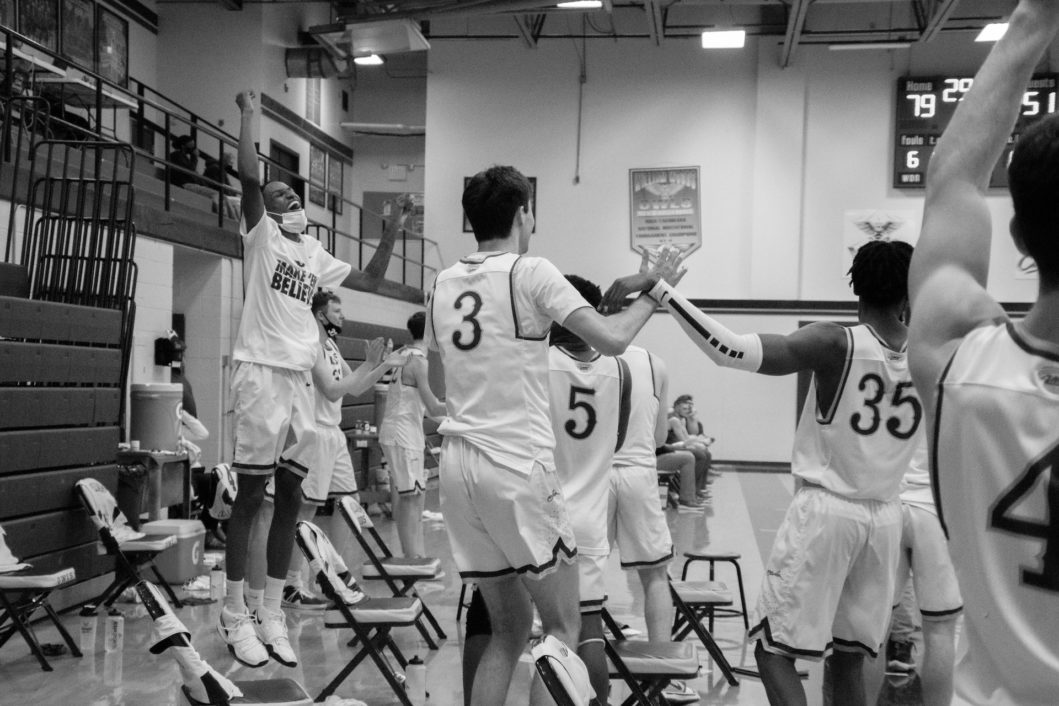In the pursuit of a healthier society, it is essential to recognize and address barriers to physical activity. This article delves into inclusive approaches to fitness, emphasizing strategies and initiatives that ensure people of all abilities and backgrounds can engage in physical activity, promoting a more equitable and accessible fitness landscape.
Breaking Down Barriers: Recognizing the Diversity of Abilities
Fitness should be a universal right, but traditional approaches to exercise often inadvertently exclude individuals with diverse abilities. Recognizing the spectrum of physical capabilities and tailoring fitness programs to accommodate everyone is fundamental to fostering inclusivity.
Adaptive Fitness: Tailoring Workouts to Individual Needs
Adaptive fitness programs cater to individuals with different abilities, providing modifications and alternative exercises that suit various mobility levels. These programs empower people with disabilities to engage in physical activity, promoting not only physical health but also mental well-being and a sense of belonging.
Accessible Facilities: Creating Spaces for All to Thrive
Ensuring that fitness facilities are accessible is a crucial step toward inclusivity. This includes ramps, elevators, and equipment that accommodate individuals with mobility challenges. Gyms and recreational spaces that prioritize accessibility contribute to a more welcoming environment for everyone.
Inclusive Fitness Classes: Making Group Workouts Diverse and Welcoming
Group fitness classes are a popular choice for many, but they can be intimidating for those with different abilities. Inclusive fitness classes, led by instructors trained in adaptive techniques, provide a supportive environment where participants of all levels can thrive. This fosters a sense of community and encourages long-term participation.
Technology for Inclusion: Virtual Workouts and Apps for All Abilities
Advancements in technology have opened new avenues for inclusive fitness. Virtual workout platforms and fitness apps can be tailored to individual needs, offering adaptive exercises and guided routines that accommodate various abilities. This allows individuals to engage in fitness from the comfort of their homes, overcoming traditional barriers.
Community Engagement: Partnering with Organizations for Inclusive Events
Collaboration with organizations that specialize in inclusive sports and fitness is a powerful way to create awareness and promote engagement. Hosting inclusive events, workshops, and fitness challenges can bring communities together, fostering a sense of unity and breaking down stereotypes surrounding physical activity and ability.
Educational Initiatives: Promoting Inclusivity from the Ground Up
Educational programs aimed at fitness professionals and trainers can play a pivotal role in promoting inclusivity. Training instructors to understand diverse needs, communicate effectively, and adapt workouts ensures that fitness spaces are not only physically accessible but also socially welcoming.
Cultivating a Supportive Culture: Embracing Diversity in Fitness
Building a culture that celebrates diversity and inclusivity is crucial for the long-term success of inclusive fitness initiatives. Promoting positive messaging, featuring diverse representations in fitness marketing, and showcasing success stories from individuals with various abilities contribute to a culture that embraces everyone’s journey toward a healthier lifestyle.
Conclusion: Fitness as a Universal Right
In conclusion, the path to a healthier society involves dismantling barriers and making fitness accessible to all. By embracing adaptive programs, creating inclusive spaces, leveraging technology, and fostering a culture of acceptance, we can ensure that physical activity is a universal right. Inclusive fitness not only benefits individuals with diverse abilities but enriches the entire fitness community by promoting a more comprehensive and supportive approach to well-being.

